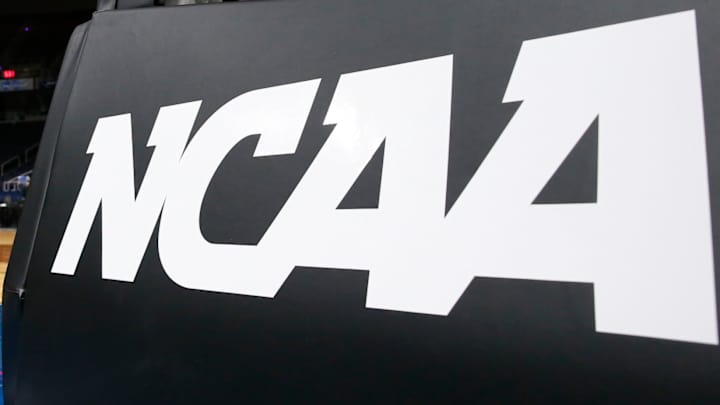What Does NCAA Support of NIL Compensation Mean for Ole Miss?

The NCAA Board of Governors issued support on Wednesday morning for a bill that would allow student-athletes to receive third-party compensation, a groundbreaking measure for an organization that has been so strongly opposed to allowing athlete compensation.
Recommendations from the board do not go immediately into effect. They now move to the rules-making structure of each of the NCAA's three divisions for final say. That vote will take place at some point prior to January 2021.
If passed, the third-party compensation rules will kick into effect at the start of the 2021-22 academic year.
“The NCAA’s work to modernize name, image and likeness continues, and we plan to make these important changes on the original timeline, no later than January 2021,” said Gene Smith, Ohio State senior vice president and athletics director and working group co-chair. “The board’s decision today provides further guidance to each division as they create and adopt appropriate rules changes.”
The board recommendations steer in the direction of name, image and likeness (NIL) compensation. Student-athletes would be allowed to receive third-party endorsement money, as well as compensation for things such as social media posts or businesses they start up.
These athletes will be allowed to identify themselves with a sport or school, yet the use of logos (school or conference) or other such trademarks held by the universities will not be permitted.
Of course, the individual universities would also not be allowed to pay athletes for their name, image or likeness – only third parties will be allowed to do so.
“As we evolve, the Association will continue to identify the guardrails to further support student-athletes within the context of college sports and higher education,” said Val Ackerman, commissioner of the Big East and working group co-chair. “In addition, we are mindful of the impact of the COVID-19 pandemic on higher education, college sports and students at large. We hope that modernized name, image and likeness rules will further assist college athletes during these unprecedented times and beyond.”
Ole Miss athletics director Keith Carter is yet to speak on the matter since the board's recommendations came out on Wednesday morning. When we hear from him, there will be an immediate follow-up story.
All this prompts and obvious question: what does this recommendation mean for Ole Miss?
First of all, this decision has not passed. It's likely to pass, but that decision will not come until months from now. Then, if third-party compensation passes, it would not kick into effect until the 2021-22 school year.
The compensation part would be relatively simple.
If Belk Ford out on Interstate 6 wants to pay John Rhys Plumlee $5,000 to appear in a commercial, cool; that's his money. If some brewery in Jackson wants to pay Jerrion Ealy to do some advertising, awesome. If some clothing brand wants to pay Doug Nikhazy or Devontae Shuler to post an ad on Instagram wearing their clothes, that's all fair game.
Regardless of the NIL bill passing through the individual NCAA divisions, which seems likely, the NCAA is making steps. For the first time, in 2015, the NCAA allowed institutions to pay stipends ranging from $2,000-5,000 per year to help pay for expenses that go beyond what was traditionally covered by scholarships.
Now, they may allow players to take money above and beyond even that.
You can follow us for future coverage by clicking "Follow" on the top righthand corner of the page. Also, be sure to like us on Facebook and follow us on Twitter @SIRebels and @nategabler.
